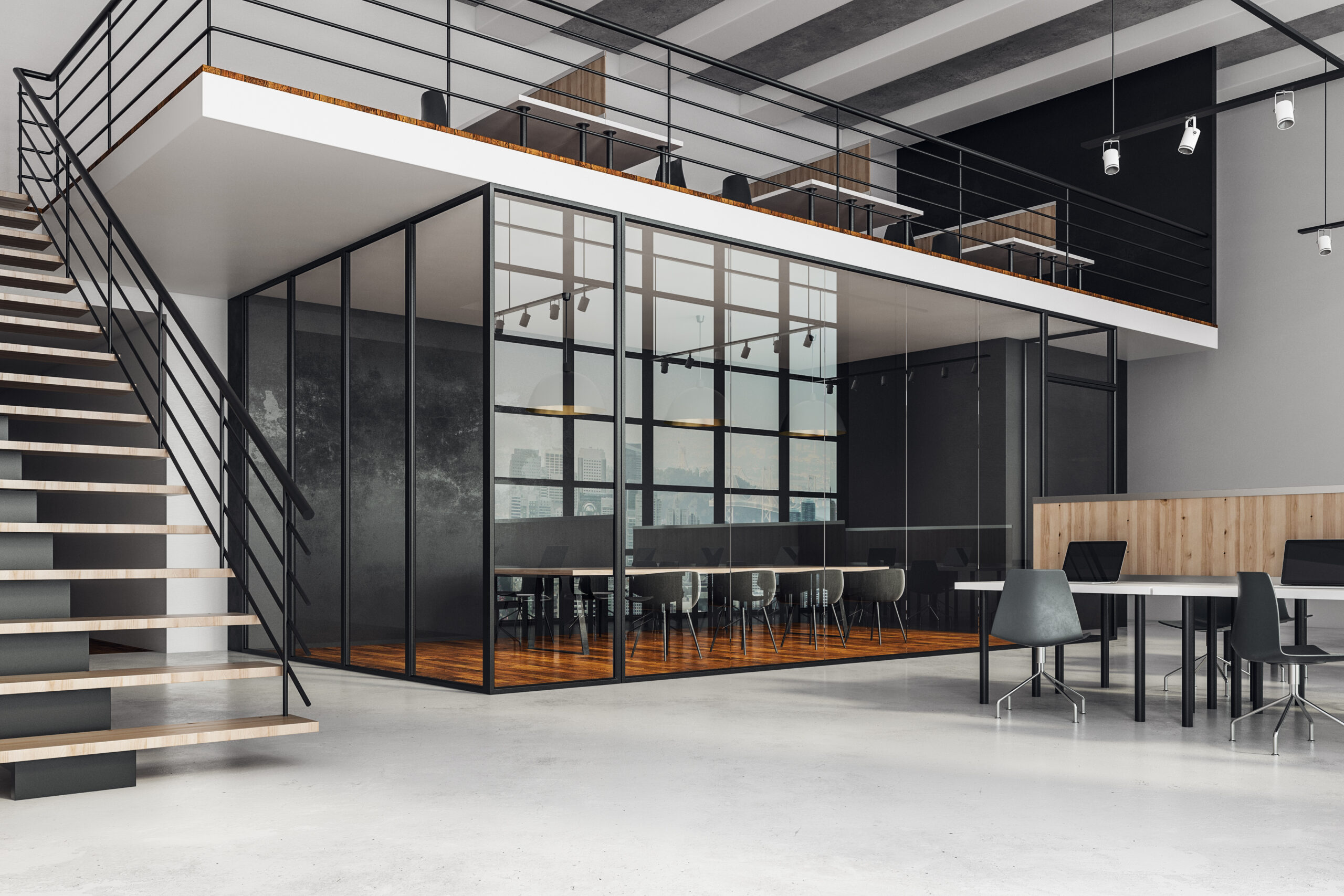Commercial Paving Types & Importance
Paving decisions may seem minor in the grand scope of a commercial project, but getting it wrong can become an expensive, recurring problem. Facility managers and developers often find themselves stuck in a loop of repairs, re-striping, or even full resurfacing—all because the wrong paving material was used for the job. From safety and appearance to compliance and cost, selecting the right paving solution up front is one of the most important decisions a property owner can make.
Each material offers unique strengths and trade-offs. The demands of a retail center differ from those of a distribution yard or fueling station. Overlooking those functional differences often leads to early deterioration, higher maintenance costs, and a shorter service life. The right decision balances performance, budget, appearance, and longevity—while accounting for local weather and use cases.
Here’s a breakdown of common commercial paving options, and how to match the right material to your property’s specific needs.
Asphalt: Practical and Cost-Conscious
Asphalt is one of the most common paving materials for commercial properties—and for good reason. It’s relatively affordable, can be installed quickly, and performs well under medium traffic conditions. For access roads, drive aisles, and retail parking lots, asphalt offers a solid balance of speed and cost.
Asphalt is a flexible surface. That flexibility allows it to expand and contract with temperature shifts and minor subgrade movement, making it less likely to crack immediately. It performs well under car and light truck traffic, which makes it suitable for many general-use applications.
The installation process involves:
- Preparing a compacted subgrade
- Adding a gravel or crushed stone base
- Applying and compacting a heated asphalt mix
The fast installation time means less downtime for existing sites and faster turnarounds for new construction.
But asphalt has its limitations. Prolonged exposure to UV rays, vehicle fluids, and water weakens the binder that holds it together. This leads to surface cracks, potholes, and fading. Regular maintenance is essential:
- Seal coating every 3–5 years
- Prompt crack filling to prevent spreading
- Drainage management to avoid pooling water
With routine care, asphalt can last 15 to 20 years. However, under heavy loads—like delivery trucks or equipment—it may deform or rut. Areas like loading docks may need reinforcement or a different paving strategy altogether.
Concrete: Built for Heavy Loads and Longevity
Concrete is the go-to option when strength and durability take priority over initial cost. It’s designed to withstand high traffic volumes, static loads, and repeated stress—making it ideal for industrial zones, warehouse approaches, and fueling stations.
Concrete’s rigid structure holds up well under:
- Heavy equipment traffic
- Forklift movement
- Long-term exposure to fuel and chemicals
The installation process is more time-intensive:
- The subgrade must be properly prepared and leveled
- Forms are set to define the pavement edges
- Reinforcement is added (steel mesh or rebar)
- Concrete is poured, finished, and allowed to cure
Joints are a critical part of concrete paving. They control where cracks form during curing and expansion. Without proper joint spacing and sealant maintenance, cracks can spread unpredictably and lead to deterioration. Regular inspections and joint resealing help avoid problems like spalling, especially in climates with freeze-thaw cycles.
Concrete is more expensive to install, but its lifespan can exceed 30 years with minimal upkeep. Over time, this often results in lower total cost of ownership—especially in high-load environments where asphalt would fail more frequently.
Interlocking Pavers: Appearance Meets Function
For properties where aesthetics matter—like hotels, outdoor retail centers, or office plazas—interlocking pavers offer a high-end look with real functionality. These paving systems blend visual appeal with structural performance, making them a popular choice for commercial entrances and pedestrian zones.
Pavers come in a wide range of:
- Shapes and sizes
- Colors and finishes
- Pattern options for branding or design cohesion
From a functional standpoint, interlocking pavers offer flexibility. They distribute loads across the surface and flex slightly under pressure, which reduces the risk of cracking. If a section gets damaged or stained, individual pavers can be replaced without redoing the entire area.
Installation involves:
- A compacted gravel base
- A layer of bedding sand
- Placement of pavers in the desired pattern
- Edge restraints to lock everything together
- Fine sand swept into the joints to prevent shifting
Ongoing maintenance includes occasional sweeping, joint sand replenishment, and periodic cleaning to remove debris or biological growth. With proper care, interlocking paver systems can last 25 to 40 years and retain their visual quality throughout.
Permeable Pavement: Supporting Drainage Goals
As urban areas grow denser, many municipalities now require stormwater management on-site. Permeable paving systems help meet these goals by allowing rainwater to infiltrate the ground rather than running off into overburdened storm drains.
Permeable systems offer:
- Stormwater compliance support
- Reduced need for underground drainage infrastructure
- Potential cost savings on civil engineering work
There are several types of permeable pavement:
- Porous asphalt: suitable for parking stalls and walking paths
- Pervious concrete: performs well under light vehicle traffic
Permeable pavers: combines aesthetics and water management for moderate-load areas

All systems share similar substructure requirements:
- A deep, crushed stone reservoir for temporary water storage
- Optional geotextile layers to prevent sediment infiltration
- Proper slope and drainage to maintain performance
Maintenance is critical. If the pores become clogged with dirt or organic material, the system will lose its permeability. Recommended care includes:
- Vacuum sweeping several times per year
- Inspection after storms to check for ponding
- Prompt removal of leaves, soil, and debris
Properly maintained, permeable pavement can match the lifespan of traditional materials—while supporting sustainability goals and potentially qualifying for LEED credits or local incentives.
Material Selection by Use Case
Each commercial environment brings specific performance challenges. Selecting the wrong paving material can result in avoidable costs and service disruptions. Matching material to function is key:
- Retail or office parking lots: Asphalt provides fast installation and a lower upfront cost. With proper maintenance, it meets typical performance needs.
- Warehouse or freight hubs: Concrete offers the strength needed to handle forklifts, 18-wheelers, and constant traffic without deformation.
- Hospitality or corporate entrances: Interlocking pavers elevate the visual experience, offering a polished look that reflects brand quality.
- Eco-conscious or regulated developments: Permeable pavement addresses runoff requirements and may help meet green building certifications.
Many properties use a combination of materials. For example:
- Concrete near loading bays
- Asphalt for the general parking area
- Decorative pavers at the main entrance
This hybrid strategy keeps costs manageable while ensuring each part of the property performs well for its intended use.
Importance of Regular Maintenance
Even the best paving system requires ongoing care. Neglecting maintenance accelerates degradation and shortens lifespan.
- Asphalt: Needs seal coating every few years and immediate crack repair. Address oil stains and pooling water to prevent damage.
- Concrete: Inspect joints regularly and reseal as needed. Early patching prevents long-term structural issues.
- Pavers: Replenish joint sand and remove weeds or moss promptly. Address staining to preserve visual appeal.
- Permeable surfaces: Vacuum sweep regularly and monitor infiltration rates to ensure continued stormwater performance.
Drainage is another key consideration. Water that sits on the surface—regardless of material—will reduce lifespan and cause cracking, rutting, or erosion. Proper grading and surface pitch are essential.
Lifespan and Budget Considerations
Choosing a paving solution based on initial cost alone can be misleading. Long-term maintenance, usability, and service life should be factored into any decision.
- Asphalt: Lower upfront cost, moderate maintenance, lifespan of 15–20 years
- Concrete: Higher upfront cost, low maintenance, lifespan of 30–40 years
- Interlocking pavers: Moderate initial cost, high-end appearance, 25–40 years of service
- Permeable paving: Variable cost, supports green goals, lifespan comparable to traditional systems with proper upkeep
Factoring in lifecycle costs—including downtime, repairs, and surface degradation—gives a more accurate picture of value over time. Smart property owners develop paving strategies that align with both current needs and future expansion plans.
Conclusion
Every paved surface is a long-term investment. When materials are chosen wisely—and maintenance is built into the planning process—facilities run more smoothly, safely, and cost-effectively. Whether you manage an office complex, industrial site, or mixed-use property, choosing the right paving strategy now can eliminate years of rework and expense down the road. Don’t treat pavement like an afterthought. Get it right the first time, and your property will thank you for decades to come.






